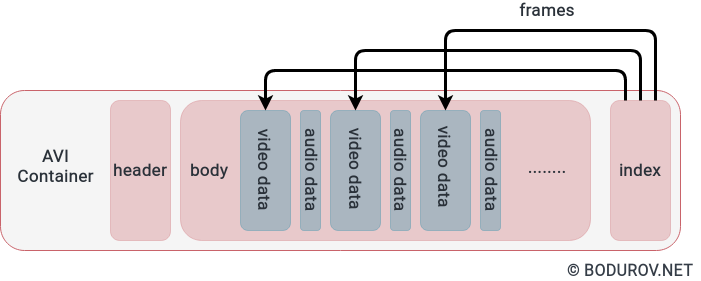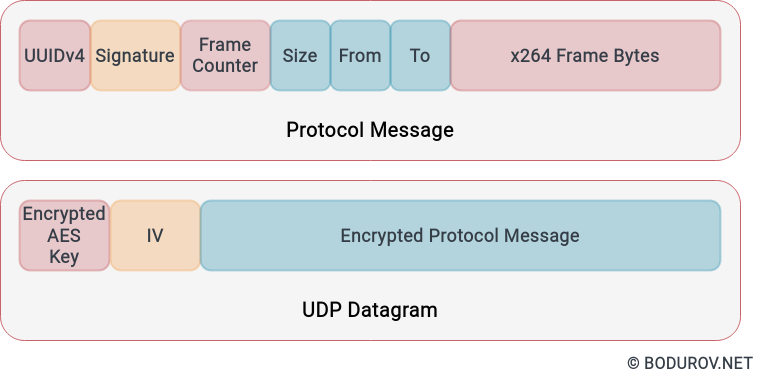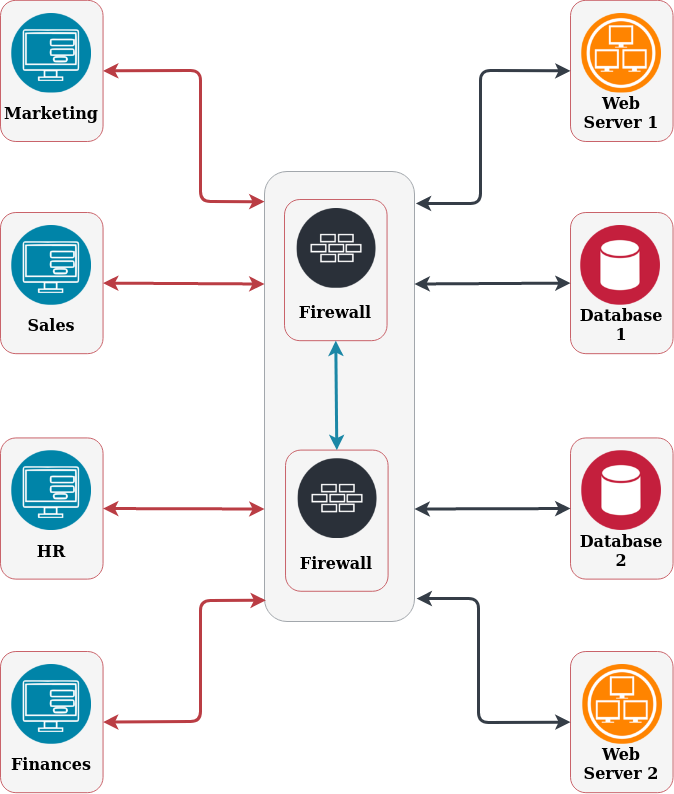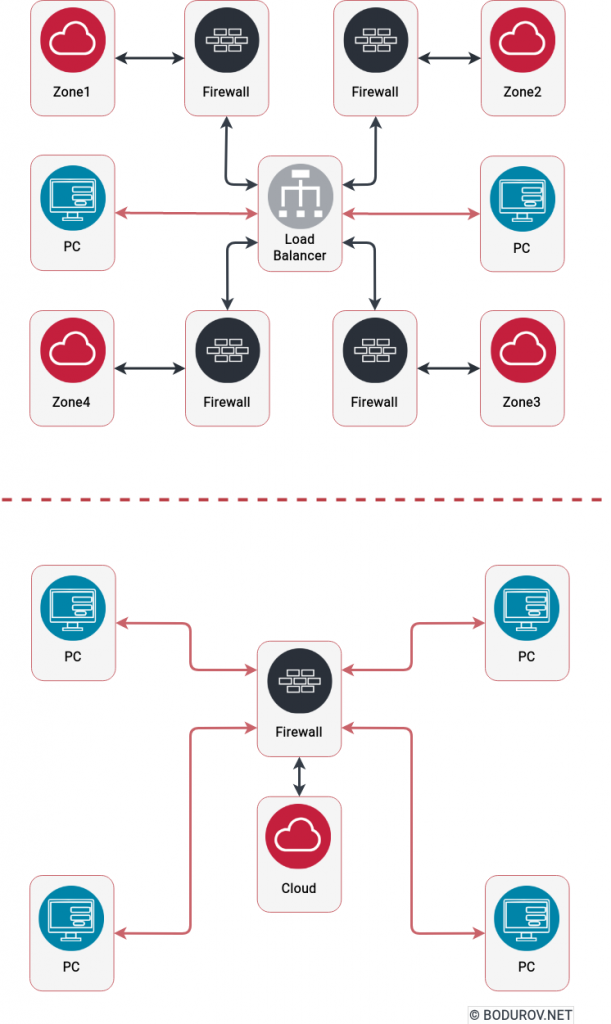Please check the previous part – here.
Now, as we can see, attackers can penetrate all of the hardware network devices we reviewed. How easily it depends on how do you set up your cybersecurity and patch policy.
It is clear that despite your best effort, you must not blindly trust your routers and switches. Lack of trust is precisely the paradigm behind the zero trust model. At the same time, to make attackers’ life harder, it is important to mention three types of defensive cybersecurity tools, which can help you increase your defenses and trust in your local network.
Until the end of this article, I shall describe them. As a final, I shall give a sample budget for both router and switch devices. Both of them will use open-source software. Usually, they receive software updates quite often and can offer your a good level of security.
Firewalls
A firewall is a network security service that monitors incoming and outgoing network traffic and decides whether to allow or block specific traffic based on a defined set of security rules.
Firewalls have been the first line of defense in network security for over 25 years. They establish a barrier between secured and controlled internal networks that you can trust and untrusted outside networks, such as the Internet.
Usually, in the case of home networks, this service is deployed in your hardware router. The last sentence means that the attacker will expose your entire local network to the Internet in case of router penetration.
Intrusion Detection/Prevention
An intrusion prevention system (IPS) is a form of network security that detects and prevents identified threats. Intrusion prevention systems continuously monitor your network, looking for possible malicious incidents and capturing information about them. The IPS reports these events to system administrators and takes preventative action, such as closing access points and configuring firewalls to prevent future attacks.
An intrusion detection system (IDS) is a device or software application that monitors a network or systems for malicious activity or policy violations. Any intrusion activity or breach is typically reported either to an administrator or collected centrally using a security information and event management (SIEM) system. A SIEM system combines outputs from multiple sources and uses alarm filtering techniques to distinguish malicious activity from false alarms.
At home routers, intrusion prevention systems can be deployed on the router device and inspect all the incoming network packets from the Internet. On the other hand, an intrusion detection system is deployed on all the hardware devices connected to your local network. In simpler words, prevention systems monitor your incoming traffic, and detection systems monitor your local network for anomalies.

Group Policy
Group Policies, in part, control what users can and cannot do on a computer system. For example, a Group Policy can enforce a password complexity policy that prevents users from choosing an overly simple password. Other examples include allowing or preventing unidentified users from remote computers to connect to a network share or block/restrict specific folders. A set of such configurations is called a Group Policy Object (GPO).
Now, group policies can be a powerful instrument for system administrators to define how the organization computers act to different security threats. Unfortunately, Group Policy settings are enforced voluntarily by the targeted applications. In many cases, this merely consists of disabling the user interface for a particular function of accessing it. Alternatively, a malicious user can modify or interfere with the application to not successfully read its Group Policy settings, thus enforcing potentially lower security defaults or even returning arbitrary values.
For home-based local networks, the usage of group policies is usually limited. Still, I would advise system administrators of small teams to think carefully, how to add group policies to their remote office deployments. In combination with VPN, Group Policies can add much value to your cybersecurity workflow.
Budget
As I promised at the beginning of this series, I shall give a sample security budget for every topic we discuss. Again I will tailor the budget to small teams with an underfunded budget for cybersecurity defenses.
- Router (180$): I would go for Pfsense or IPFire based hardware appliances. Both provide reasonable protections, even though the first is based on FreeBSD and the second is a Linux distribution. Both have state-of-the-art firewalls, and both support Snort and Suricata, which are the best intrusion prevention systems. Additionally, they have Syslog support so that the router can become a part of an intrusion detection system.
- Switch (150$): SwitchBlox Rugged is a good option here. It is a little bit more expensive than the standard network switches. However, it comes with an open-source networking operating system and can work in harsh environments. Two switches can be stacked together.
- SIEM System (0$): MozDef is a SIEM system developed by Mozilla. It is open-source and supports all the necessary features for SIEM systems.
- Group Policy Server (150$): We can order PC Engine’s apu4d4 unit and install on top of it Univention Corporate Server. With it, we can create policies for Ubuntu and Windows-based computers.
With a total budget of around 480$, we achieved a pretty good level of security. Still, a determined attacker can penetrate this setup, but it will take him more time and resources. The switch is optional, but it will help if you want improved security and choose to have a WiFi network for guests only.
In conclusion, setting up a network perimeter can be done effectively on a budget. Still, it is essential to note that the budget does not include the human hours needed to set up the equipment and your local network.
Next part is – here.








